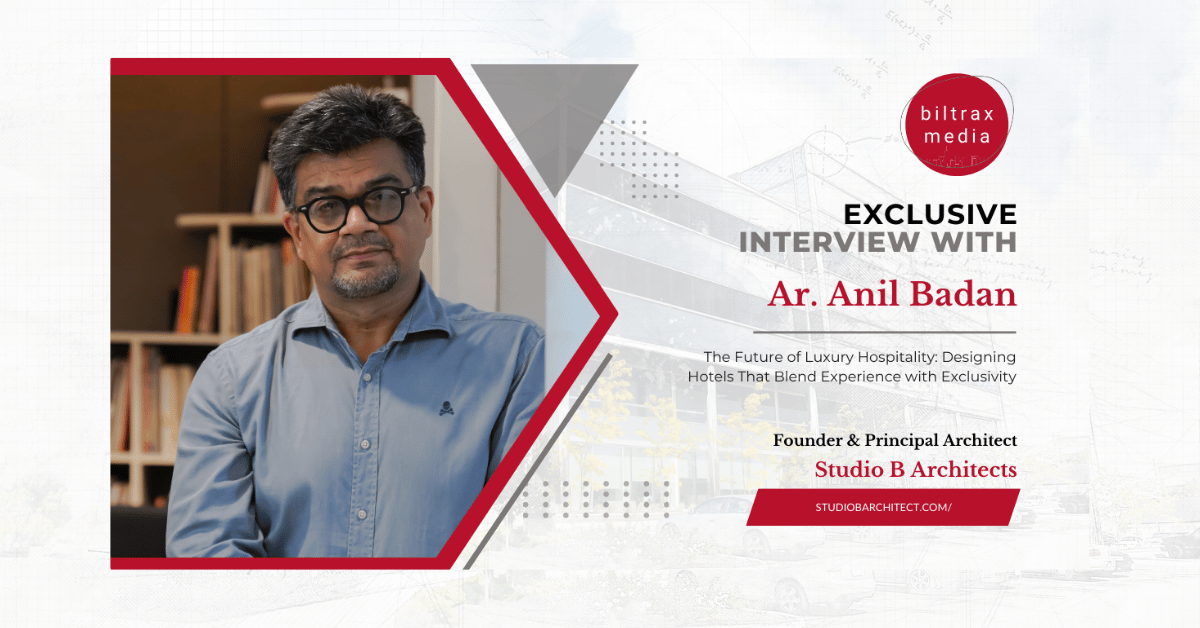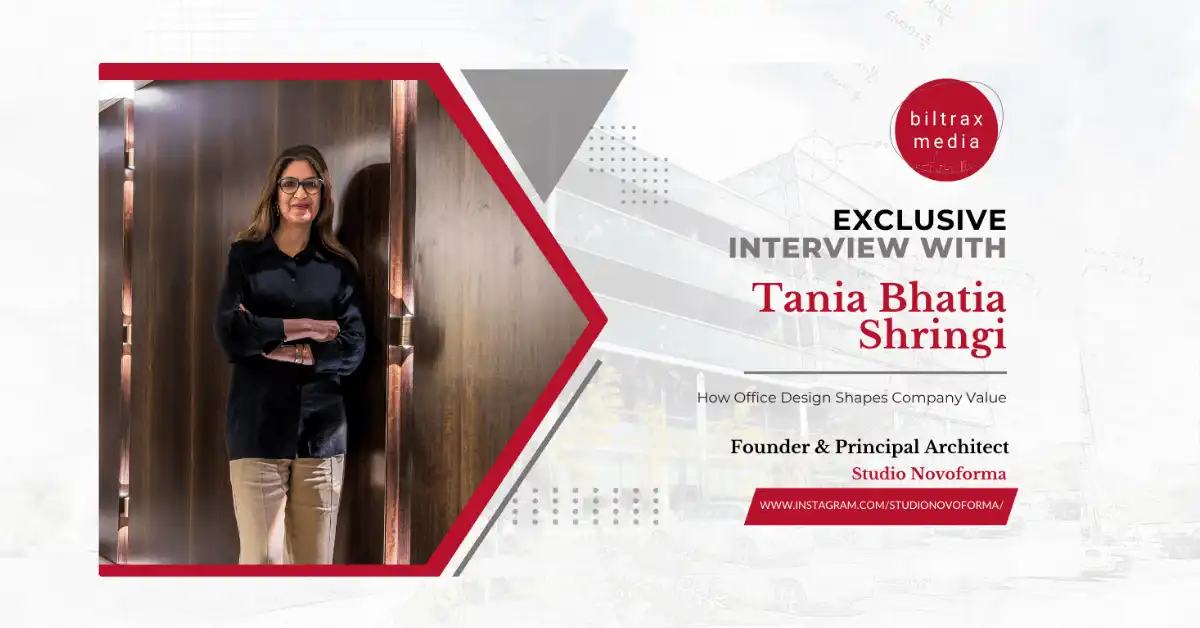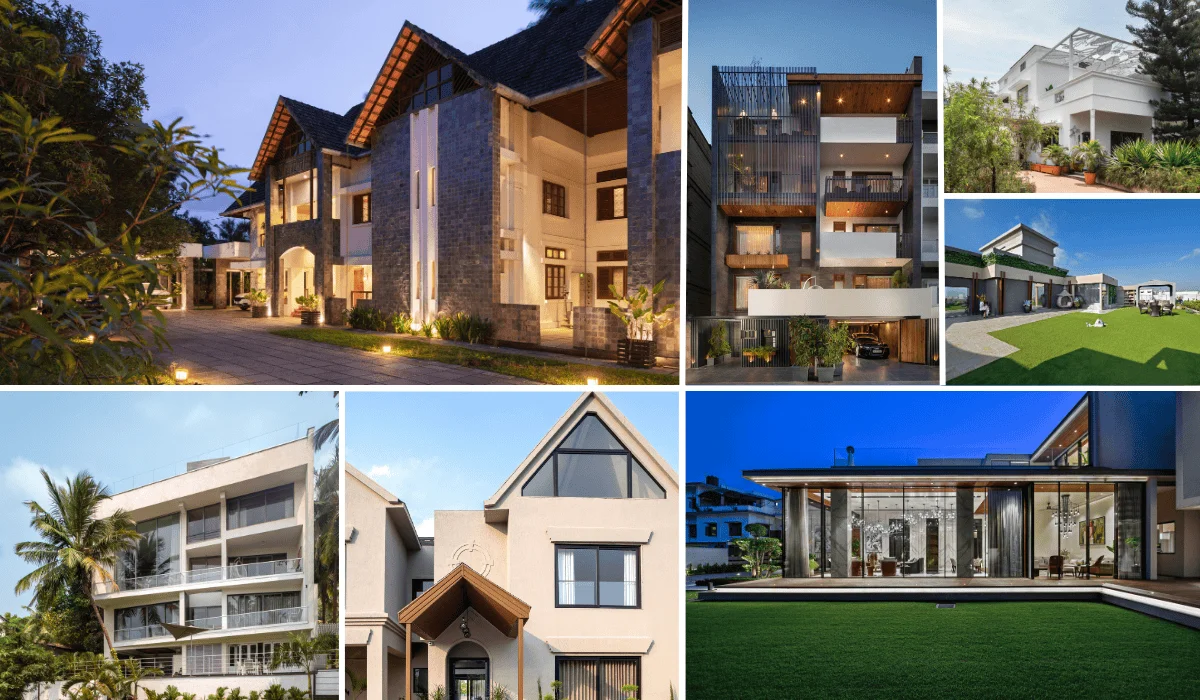Jagan Venkataramanan shares his thoughts regarding the future of integrated architectural and engineering consulting practice platforms and other technology-driven workflows in the AEC market space. Jagan Venkataramanan is a man with many feathers in his cap. Starting out as a Civil engineer by certification, he holds two master’s degrees – one in structural engineering and another in sustainable architecture. After 21 years as a senior partner in his family’s establishment, Jagan has decided to follow his passion through his own ventures – Konnect and V+S Design Partners. He aims at providing services to improve project-based workflows in AEC offices and promote the spirit of collaboration.
You began your career as a Civil engineer. What inspired you to take a turn towards core architecture?
I grew up in a family of architects and civil engineers. My grandfather was a chartered civil engineer. Although an entrepreneur at heart, he did not set up an independent practice. My father, an architect and an entrepreneurship enthusiast like my grandfather, set up Venkataramanan Associates in 1969 after a brief time of working with reputed firms. I also have several uncles who have worked in the AEC sector. These early influences drew me towards architecture and engineering. I had an equal inclination towards the creative and technical aspects of construction. Hence, I decided to pursue civil engineering for my bachelor’s degree as a start.
To expand my knowledge and sharpen my skills further, I majored in structural engineering in the US for my master’s degree and then followed it up with a master’s degree in ecological architecture as well. There, I had the opportunity to work in some leading A/E firms in the San Francisco bay area, and also to do some research work along with top professors and researchers like Dr. Egor Popov, Prof Emeritus at Structural Engineering Faculty at the University of California, Berkeley. In San Francisco, I worked in large A/E firms specializing in advanced technology manufacturing, housing, and healthcare projects. There were phenomenal opportunities in India at that time; it made me want to contribute to the architectural family business back home.
What incident/project marked the turning point in your career that prompted you to move on from being a Senior Partner at Venkataramanan Associates to co-founding V+S Design Partners?
After working on massive Greenfield projects for fortune 500 firms, like GE, Dupont, VW, Pfizer, AstraZeneca, and Syngenta, and large Indian companies like Reliance, TCS, and Infosys amongst others, I decided to end my 21-year-old, satisfying stint at Venkataramanan Associates. I wanted to embark upon my journey of revolutionizing how buildings were being conceptualized, designed, planned, and even managed until handed over. Armed with domain knowledge of what works and what does not, we started V+S Design Partners along with a group of like-minded architects and engineers with similar expertise and interests.
I wanted to judiciously combine my India and US-inspired, 25-year-old acquired on-site skills and in-office efficiency. It was time to migrate from traditional CAD-based workflows to BIM-based workflows for the country as well. Other domains like aviation, oil and natural gas industries, mechanical and automotive industries had long embraced these technologies in their workflows and the A/E industry was generally left behind. With the recent emergence of AI, ML, big data, API, and canned software products, it was a no-brainer for me to use these technologies to improve efficiencies and reduce waste, consequently promoting sustainability and enhancing profits of clients and businesses we work for.
You are well-versed with both design and structures. What advice would you give to young architects and engineers individually, which shall help them realize that they are indeed two sides of a coin?
There is a quote by Andy Warhol which I like, “There is beauty in everything, just not everybody sees it” I try to see this element of beauty in everything I do and experience. It is a mandate for youngsters to be open to constant learning and to be relentlessly curious. It is necessary to remind ourselves that the world of A/E is a big ocean that is constantly evolving and morphing, and it is impossible to know and become an expert at everything. One has to learn to be humble to gain knowledge and expertise. One has to accept being a life-long student.
Being up-to-date on what is happening in the industry along with other related industries, progressing at a more rapid pace, is a must. It is imperative to understand the fundamentals of engineering and design principles early on. I, unfortunately, learned of its importance much later in life. In the formative years, it is advisable to work for a great company. More importantly, with a great leader who has vast experience, willingness to mentor, and a vision to share. Working with a clear mission and pursuing excellence must also be prioritized.

How important a role do BIM software and tools such as ERP play today? What do you foresee in the future in terms of architecture and technology?
I have worked from brick-and-mortar tools and hand drafting days in the early nineties to the use of spreadsheets, small custom engineering software programs, and CAD-based software, and more recently to BIM-based workflows and software. Past workflows had several drawbacks like disjointed and siloed information which led to inefficiencies and loss of data, at various stages, before final collaboration and delivery.
The BIM workflows that we have developed and evolved are based on the principles of a common data environment (CDE) that relies on a single ‘source of truth’ and the recent standard which is the ISO 19650. The ISO 19650 is a great initiative to uniformly define owner goals and needs, all the way through design, planning, testing, and handing over in an integrated platform. It eliminates many shortcomings of CAD-based workflows and relies more on CDE and ERP-based workflows. The whole world is swiftly adapting to delivering projects like this, and we hope to be leaders in India in this transition.
Besides Konnect AEC and V+S Design Partners, are there any other ventures you have in mind, any different domain you have your eyes set on?
These two ventures are pretty diverse. We will branch out into sub-sectors like helping large/mid-size design firms, general contracting firms, and A/E firms that would like to set up centres of excellence in India due to the enormous talent available at a fair price compared to the western countries. We wish to see Konnect transition into a technology-based software services firm offering cutting-edge services to improve workflows. Eventually, the goal is to increase collaboration, efficiency, and profits for project-based A/E/C and other related firms.

With the recent emergence of AI, ML, big data, API, and canned software products, it was a no-brainer for me to use these technologies to improve efficiency and reduce waste, consequently promoting sustainability and enhancing profits of clients and businesses we work for.
Lastly, what projects are you currently working on? Any projects that interest the readers?
We partner with A/E firms and building facility owners/developers to help them improve their workflows as we are generally software agnostic and look at the right tools which could benefit the collaborative process. The firm have recently worked with Sundaram Architects ( www.sundaramarchitects.com) on some projects which are in the aviation, automotive, and life sciences sectors. We assisted them right from the concept and all the way to the completion stages of the project. The firm also works with GC’s and BIM consulting firms in a B2B relationship based in other countries, including the US, on various BIM services and dimensions. Each project’s requirements and goals are different, and we offer a customized solution and tweaked workflows to suit the project goals and deliverable outcomes. Thus, no one solution fits all as it involves many moving parts involving people, processes, and technologies.

The BIM workflows that we have developed and evolved are based on the principles of a common data environment (CDE) that relies on a single ‘source of truth’ and the new ISO 19650 standard. The ISO 19650 is a great initiative to uniformly define owner goals and needs, all the way through design, planning, testing, and handing over in an integrated platform.
Read more about V+S Design Partners and Konnect AEC.
Jagan Venkataramanan
Website: www.konnectaec.com, www.vs-dp.com, www.vagroup.com
Biltrax Construction Data is tracking 17000+ projects on its technology platform for its Clients. Email contact@biltrax.com to subscribe and generate business leads.
Discover more from Biltrax Media, A Biltrax Group venture
Subscribe to get the latest posts sent to your email.





















